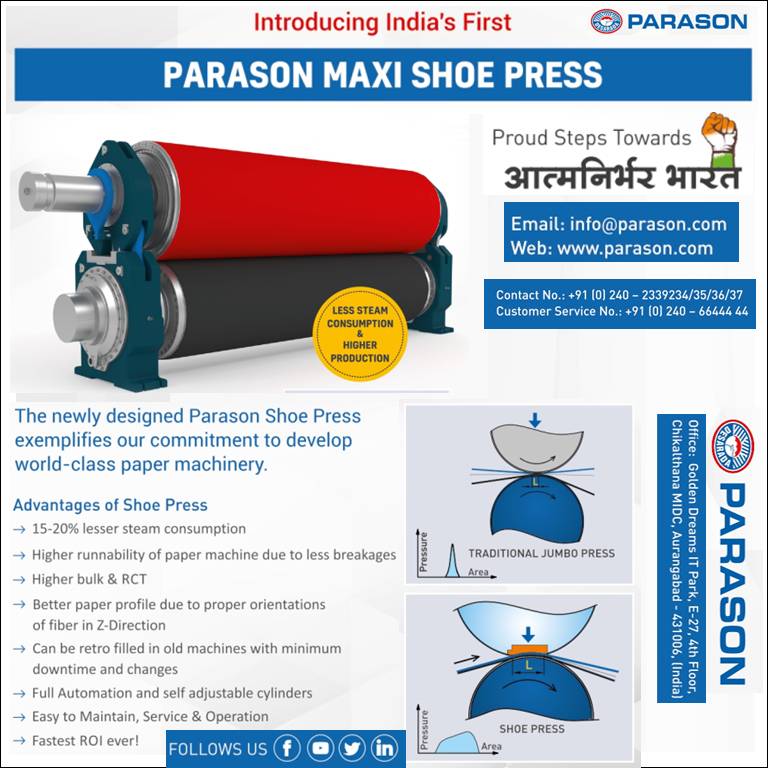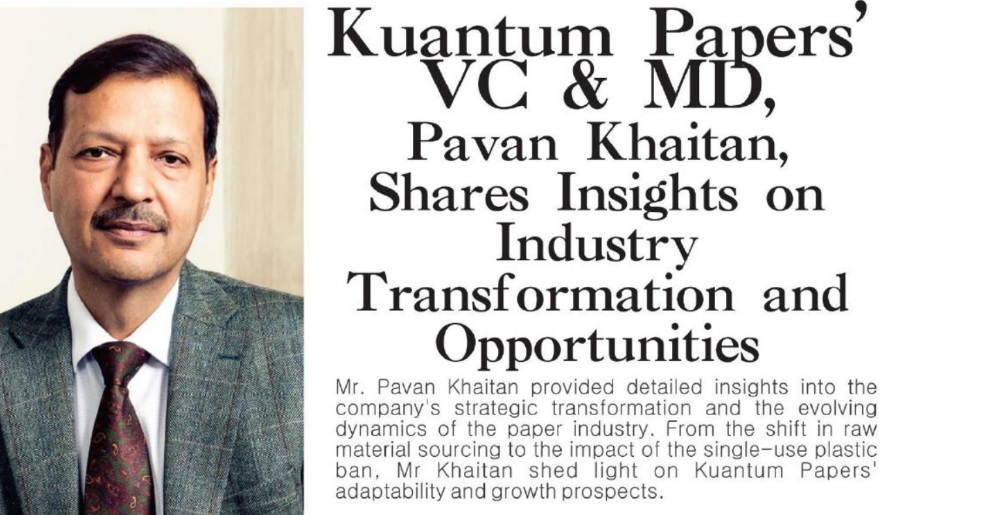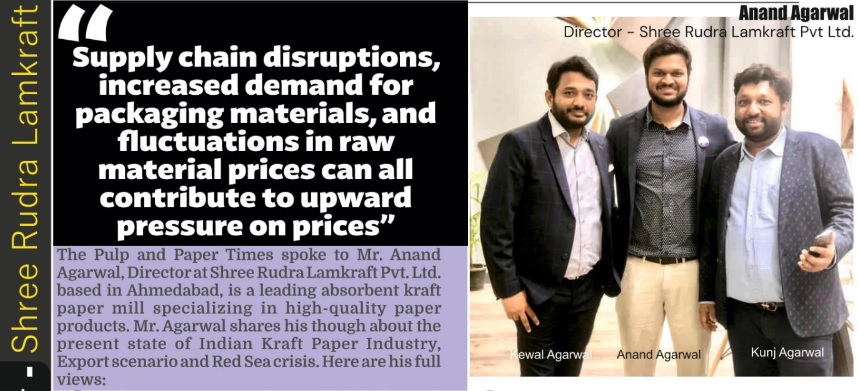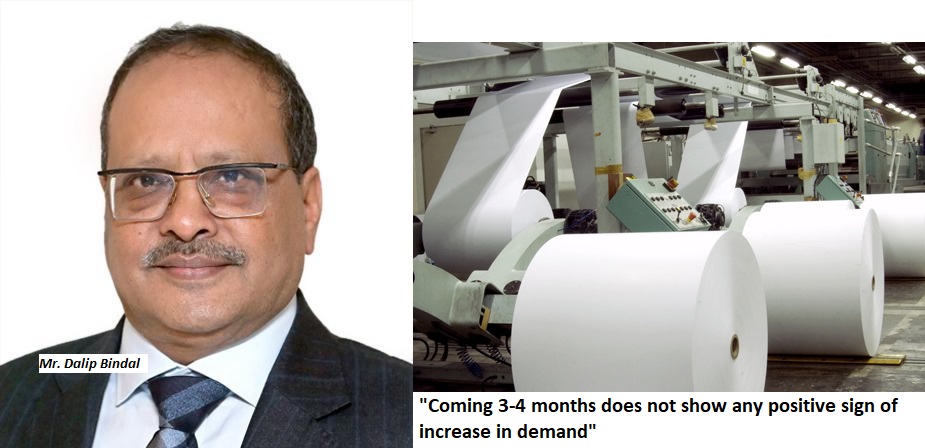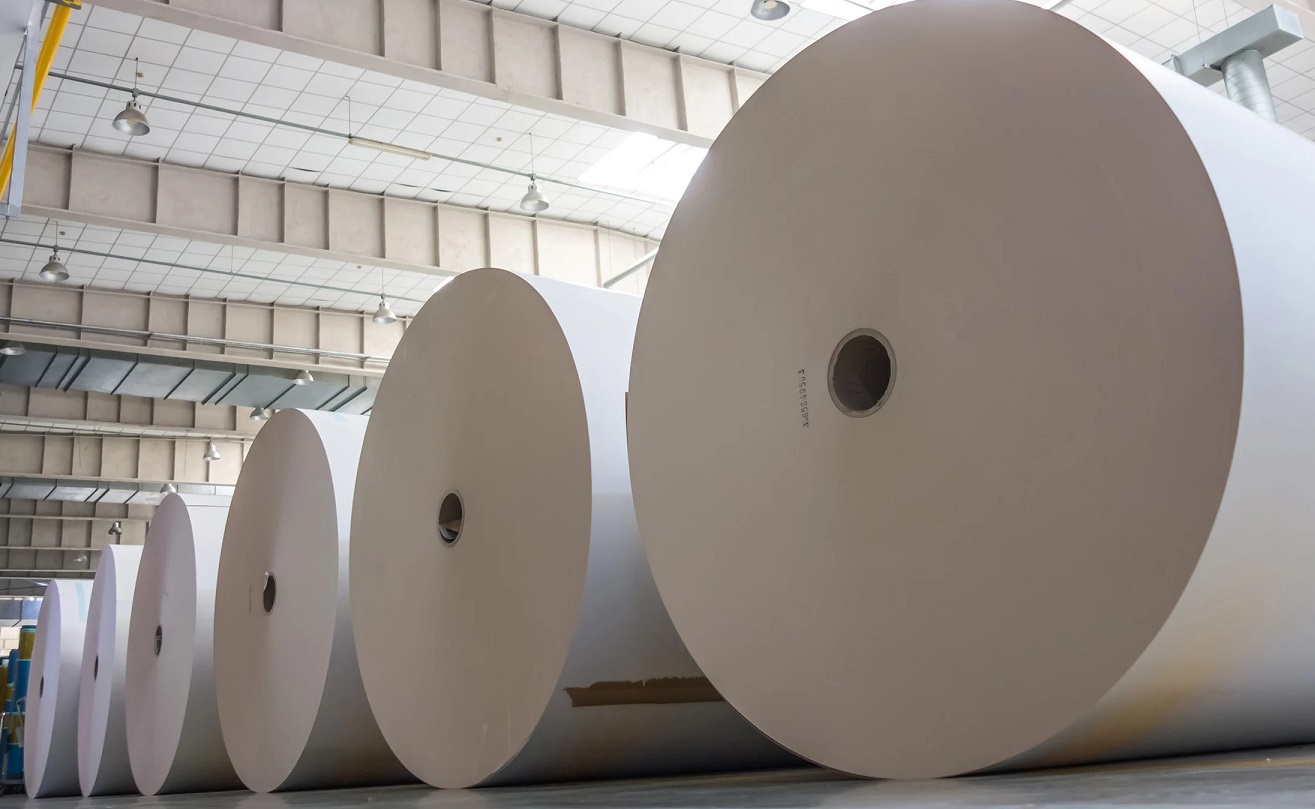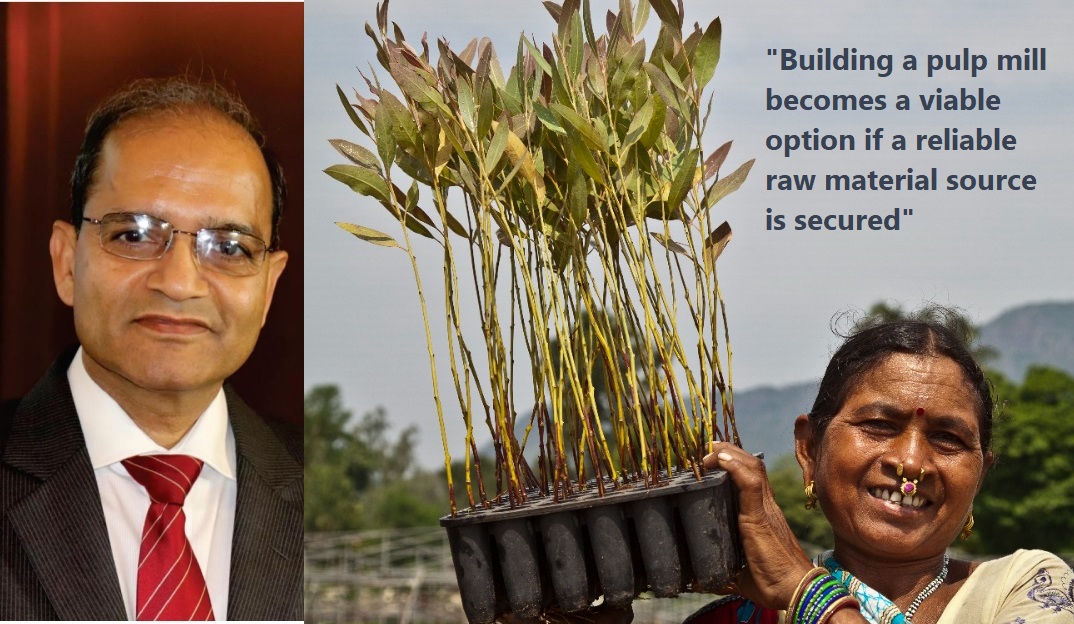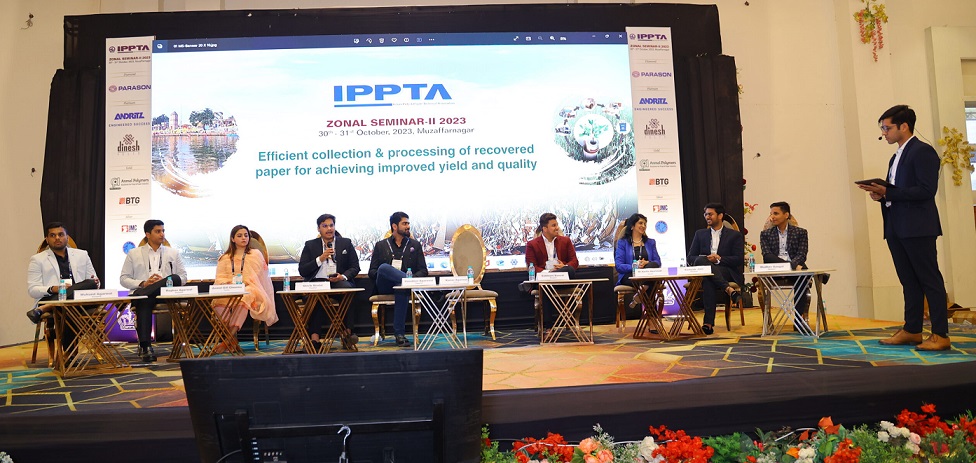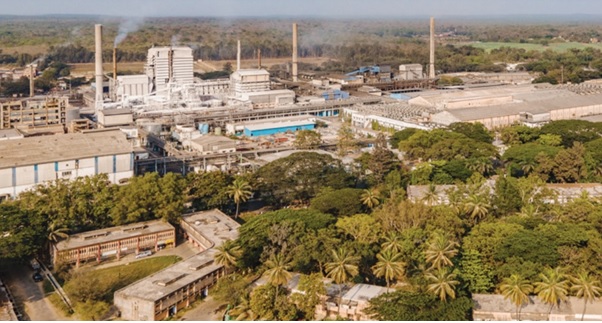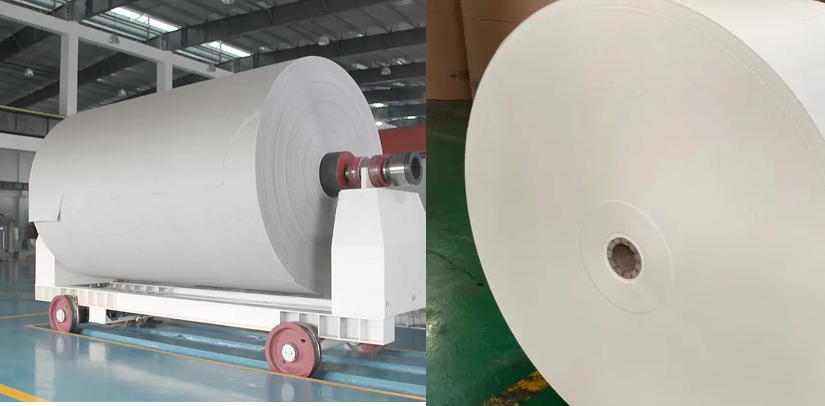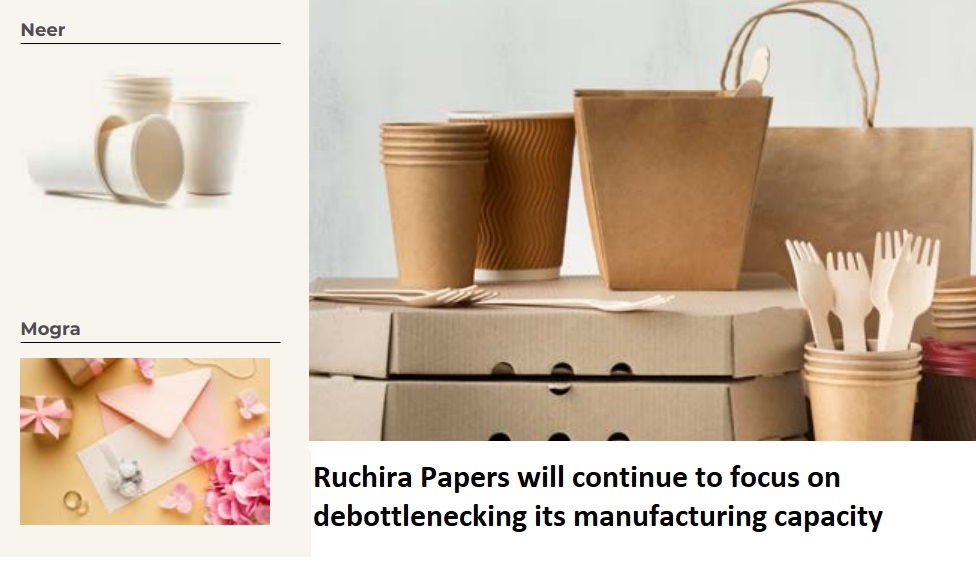Kuantum Papers has mastered processing several types of raw material for pulp making, gained an edge in the industry
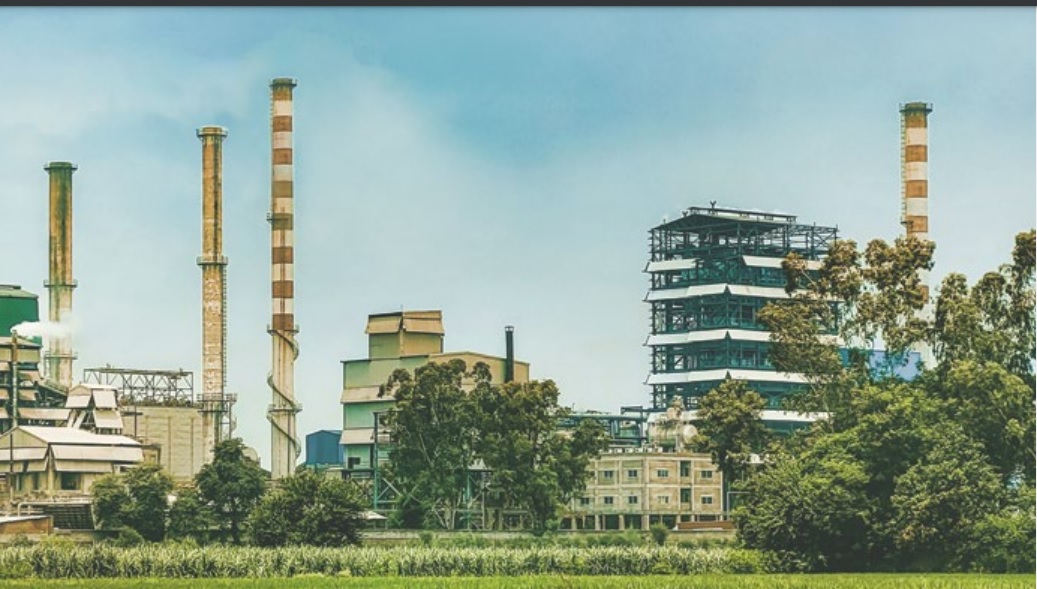
Kuantum Papers has mastered processing several types of raw material for pulp making, gained an edge in the industry
- There has been no perceptible decline in WPP demand; expecting implementation of National Education Policy from April 2023 academic year
- Decreased the dependency on bagasse and developed alternate raw materials through extensive R&D
Saila Khurd | The Pulp and Paper Times:
Kuantum Papers Limited (KPL) has been one of the most cost competitive paper mills and a large player in the writing and printing segment. The continuous efforts of KPL towards cost reduction and technology upgradation has led to improved product quality, enhanced product range, increased production capacity, higher operational efficiencies and economies of scale. Further these initiatives have also enabled the company to manufacture premium quality paper, such as maplitho paper, specialty papers and premium copier paper, which is placed in the higher value segment, competing with quality of other large paper mills.
The Financial year 21-22 under review had continued to witness disruptions in operations due to the unprecedented economic challenges faced by the Indian economy due to Covid-19 prevailing pandemic impacting the demand and material supply distribution chain and networks. But despite these challenges, Kuantum Papers achieved a production of 1,51,740 metric tonnes, as against 82,522 metric tonnes in the previous year. The quantitative figure for the sale of paper was 1,51,674 metric tonnes this year leaving 135 metric tonnes as closing stock, as against the sale of 84,183 metric tonnes in the previous year.
KPL recorded a Net sales turnover (net of GST) and including other income stood at Rs. 83,424.85 lacs (Previous Year Rs. 41,391.79 lacs); Operating Profit at Rs. 12,280.26 lacs (Previous Year Rs. 3,932.16 lacs); Profit before Tax at Rs. 770.42 lacs (Previous year Loss Rs. 2,325.39 lacs); and the Net Profit after Tax and other comprehensive income (expense) at Rs. 1,322.10 lacs (Previous year Loss Rs.1,228.51 lacs).
Kuantum Papers has completed the backward integration projects at an outlay of INR 444 Cr comprising of enhancing the capacities of pulp and paper, Chemical Recovery Plant and Captive Power Plant in March 2021 which have led to better operational efficiencies and reducing production costs. The results of cost reduction initiatives and operational efficiencies will continue to be more visible in the current financial year 2022-23 as KPL has implemented these initiatives to optimize capacity utilization, cost reduction, new products, optimizing production of better margin products by undertaking modification and upgradation project consisting of a pulp mill, a chemical recovery plant and a captive power plant, for improving the cost effectivity, product quality and operations.
These initiatives have made KPL not only one of the most cost competitive paper mills, but has also placed it amongst the large paper players in the writing and printing segment. Furthermore, continuous research & development have enabled the company to manufacture papers of distinctive prime quality and broader product mix, which is competing with the premium quality of other large paper mills.
In the KPL annual report’s for FY 21-22, management says that the Government has announced the new National Education Policy (the NEP 2020) to focus on providing education that is equitable, accessible, high-quality and affordable. The policy was expected to be implemented from April 2022 academic years but its implementation was delayed by the Government due to spread of covid-19 pandemic. However, now with the significant population is vaccinated including children and schools have reopened to offline/physical classes, we expect the Government to implement the new NEP from April 2023 academic year. The policy act as a roadmap to revolutionize schooling and higher education in India that will support and foster a lifelong learning culture to maximize the rich talents and resources the country has to offer. The NEP 2020 is a giant leap in a list of initiatives taken by the government in achieving Goal 4 (SDG4) of the 2030. The policy recognises the ever-changing knowledge and employment landscape in our global ecosystem and focuses on curricular and pedagogy reform, aligning it with international standards and making India a vibrant knowledge economy and a nation of thought leaders. The impending changes in the education policy and curriculum are bound to create a huge demand for writing and printing paper to meet the needs of new Indian education system.
At the raw material front, The management says that another source of raw material for the paper industry is agri-residues such as wheat straw, bagasse, wild grass, and other such agricultural wastes. Kuantum Papers has the locational advantage of being in the centre of one of the largest wheat growing areas in India and thus, does not forsee a challenge in the availability of this raw material despite increased demand. Bagasse is the other widely-used agri-residue in the paper industry. However, availability of bagasse has been declining due to its increased use in power generation by sugar industry. KPL has also decreased its dependency on bagasse and developed alternate raw materials through extensive R&D. Despite agri-residues being seasonal in nature, your company has mastered processing several types of raw material for pulp making, and has therefore gained an edge in the industry.
“The continuous increase in prices of raw material, and other inputs continues to be a matter of concern for the industry. However, locational advantage of KPL's paper mill provides an added access to the major raw material sources and insulates it to quite some extent on this front. There are suppliers connected to KPL for the last more than three decades for supply of Agro raw materials, by way of long term arrangements.” Management said.
India's wood resources are limited; therefore, cost of wood is much higher in global comparison. In the absence of Government's enabling policies favoring industrial/production plantation, securing future wood supplies is Industry's biggest challenge.
The report further stated that to secure part of wood requirements, KPL had developed a social Agro-forestry process by creation of a Nursery at the Mill to grow premium quality clonal plants which has been doing very well. At the Nursery, clonal varieties of fast growing hard wood trees are grown and distributed to farmers for them to plant on their land, and the company buys back the hardwood post the harvest, thereby positively uplifting the Greening India mission of the Government. Domestic land under cultivation is expanding by 10% every year; however, it is below the industry requirement. Also, this sustainable initiative has created major employment in the remote areas in close proximity to the mill thereby, helping rural development. We are also continuing our efforts for growing of plantations by touching base with the farming community and making them aware of the financial benefits attached to social farm forestry.
On the demand scenario of writing and printing paper, report said, “While Writing & Printing paper does not face any major threat from substitutes, the increased preference for online storage and dissemination of data and information could marginally impact the demand growth. However, despite the higher level of technology being used in the corporate sector, there has been no perceptible decline in the paper demand. The demand for the writing and printing paper is expected to rise sharply on account of the implementation of the National Educational Policy 2020, which will result in publication of new books under the revised curriculum; and furthermore, a variety of paper products finding its way into the market due to the ban placed on use of certain plastic items.
The paper industry in India, registered a growth of about 5-6 per cent in the year 2019-2020, but thereafter, due to wide spread of COVID-19 Pandemic, the sector has had seen a de-growth. However, the industry is showing positive growth trend. By the year 2022 onward the Indian Paper Industry is expected to come back to its earlier projected growth track is expected to grow at 6-7% CAGR and the demand for paper in the country is bound to grow to 30 Million Tonnes by the year 2026-27 from the present consumption of 24 Million Tonnes.
Web Title: Kuantum Papers has mastered processing several types of raw material for pulp making, gained an edge in the industry




 Join WhatsApp Group
Join WhatsApp Group Join Telegram Channel
Join Telegram Channel Join YouTube Channel
Join YouTube Channel Join Job Channel (View | Submit Jobs)
Join Job Channel (View | Submit Jobs)




